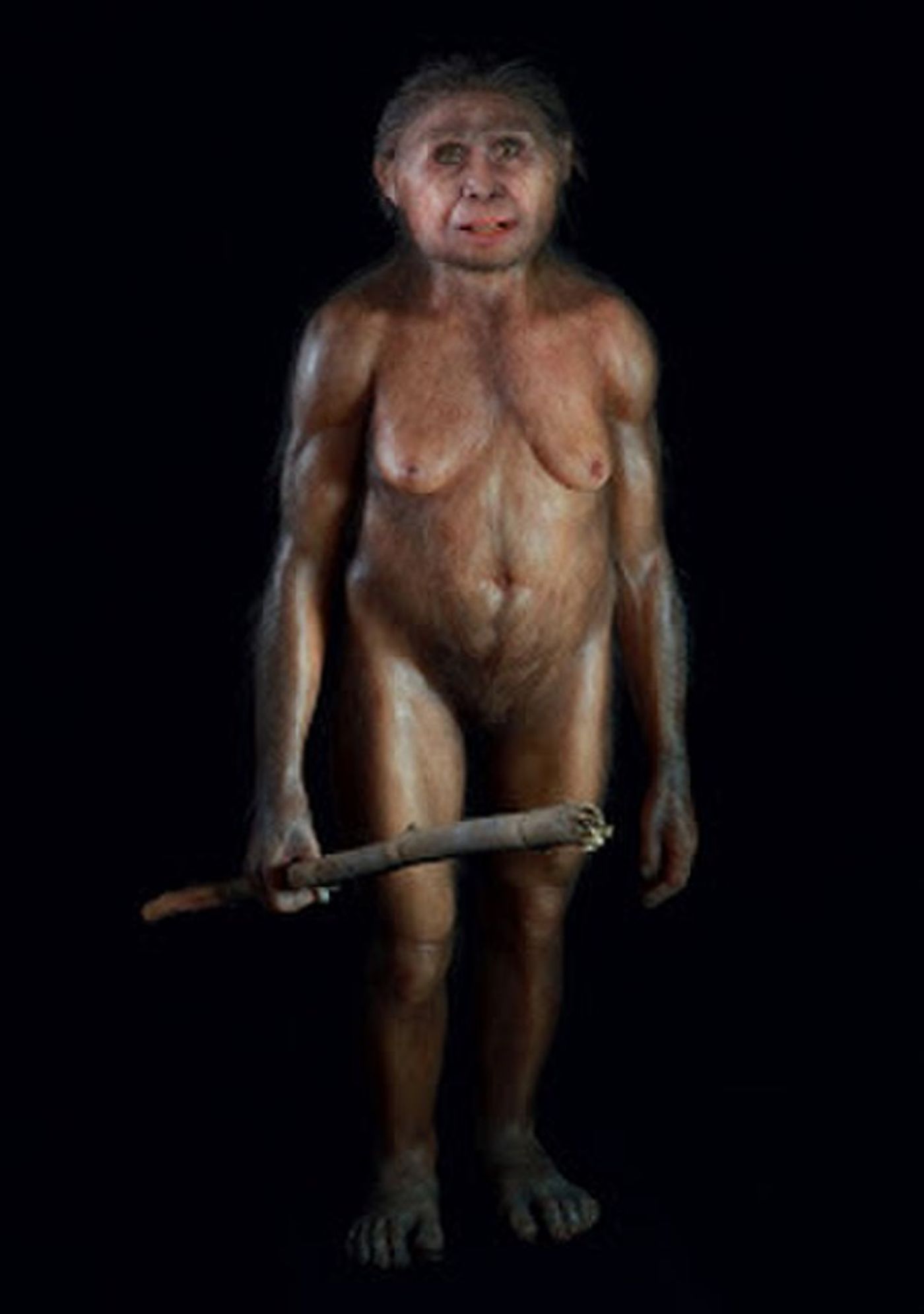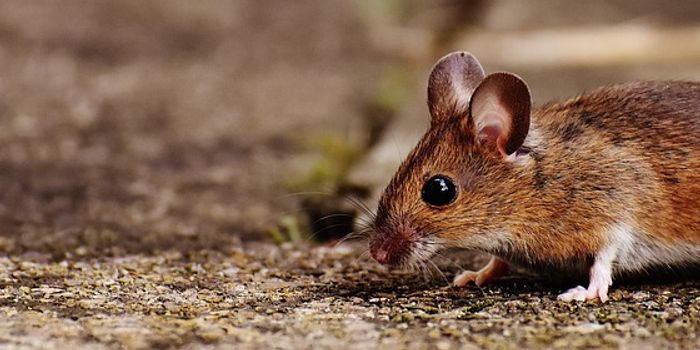The Hobbit's feeding biomechanics were similar to humans
In 2003, a new fossil hominin named Homo floresiensis was discovered at the Liang Bua cave site on the island of Flores in Indonesia. This find—consisting of at least nine individuals—stumped scientists because of their relatively small size, which subsequently earned the group the nickname, “The Hobbits”.
The hobbits probably lived around 60,000-100,000 years ago, and their anatomy showcases more derived features (meaning features more complex and consistent with modern populations). Their small size suggests that they might have been a more primitive species, but other evidence does not support that claim. Researchers have proposed many theories to explain their small size, including congenital disorders (which has been refuted) or the island effect, an ecogeographical rule saying that members of species are larger or smaller depending on resources in their environment.
Aside from their size, many questions remain regarding the lives of these complex hominins, including their feeding mechanics, in other words, what kind of food they are capable of chewing. New research led by Rebecca Cook from Duke University used finite-element analysis to examine the feeding biomechanics of this species, comparing the results to chimpanzees, humans, and a sample of other extinct human ancestors. Previous research argued that the Hobbit’s jaw anatomy included a robust mandible which could aid in higher stress masticatory events, like cracking open nuts. Other research suggests that, due to a gracilization of the hobbit’s jaw, it likely could not handle large masticatory loads like those that other human ancestors, like the australopithecines, managed.
The research by Cook and her team concluded that the hobbit fossils—more specifically fossil LB1 which is a fossil with an associated skull—most likely had feeding mechanics similar to modern humans. If they were experiencing high masticatory loads and cracking nuts, they would probably have dealt with TMJ syndrome or a dislocated jaw. It’s reasonable to assume, then, that the feeding mechanics of modern humans were already present in the hobbits, and perhaps even a common ancestor prior to them. Results from this study get us one step closer to understanding the evolution of human feeding mechanics, and perhaps even the evolution of human diets.
Sources: Nature 1, Nature 2, Nature 3, Interface Focus, Journal of Human Evolution 1, Journal of Human Evolution 2









